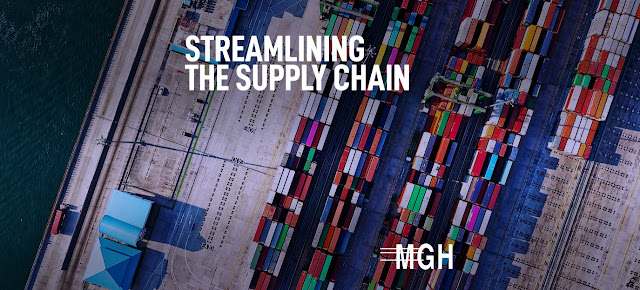MGH Flies SpiceJet Charters ensuring India’s supply chain amidst COVID-19 pandemic

SpiceJet’s fleet of five dedicated freighters are crisscrossing the global skies carrying vital supplies including medicines, medical devices, cold-chain medical supplies, farm produce for various governments, medical and pharma companies, retailers and farmer bodies in the global war against COVID-19 pandemic. SpiceJet has transported around 4000 tons of cargo on over 430 flights since the nation-wide lockdown began in India month back - more than 70% of all air cargo carried by Indian airlines. SpiceJet, India’s second-largest airline, has ferried crucial medical supplies to and from Shanghai, Hong Kong, Singapore, Sri Lanka, Kuwait, Abu Dhabi, Ho Chi Minh City, Colombo, Kabul, Dubai amongst other places. SpiceJet’s cargo operations have been significantly boosted by the airline’s passenger aircraft fleet where both its B737 and Q400 aircraft have been operating cargo-on-seat flights. The MGH Group, the Global Cargo GSA of SpiceJet, has been actively in...




